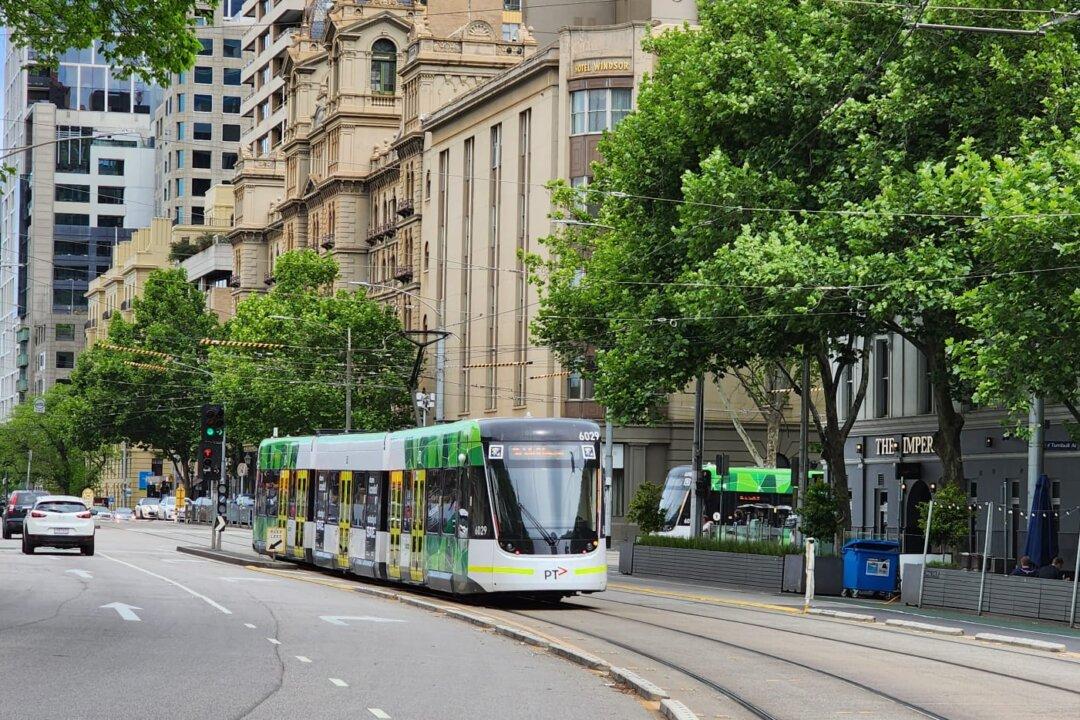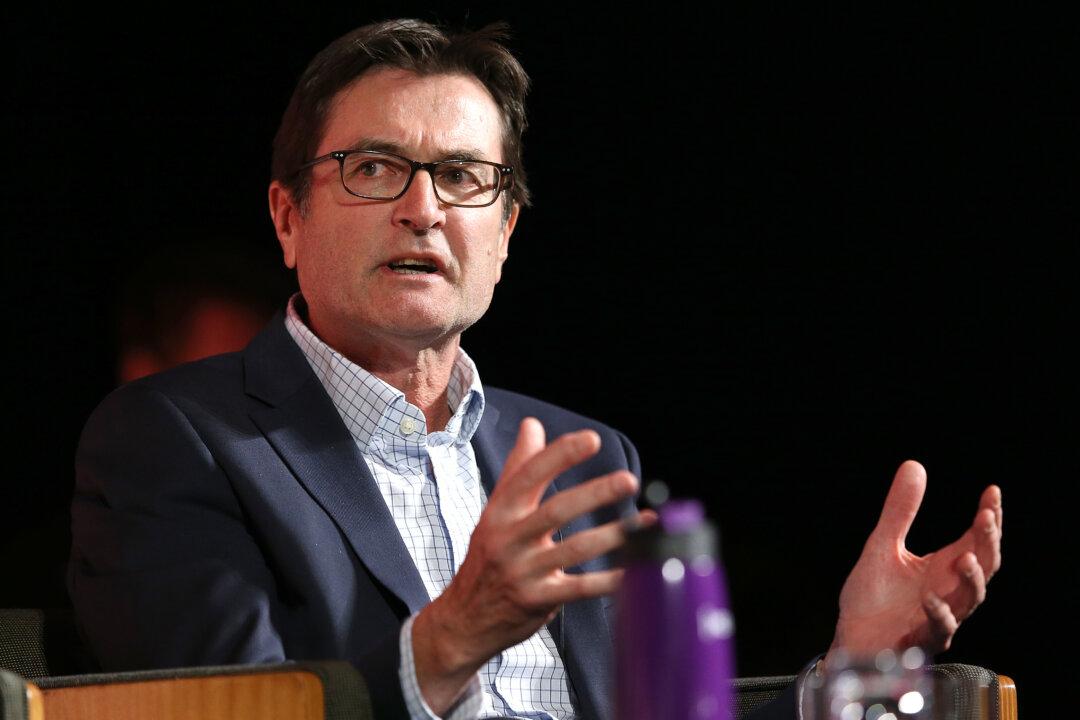The Australian government has announced plans to extend its trade sanctions on Russia for an additional two years until October 2025, previously expected to be lifted at the end of this month.
Australia Extends Trade Sanctions on Russia
The sanctions come as the conflict in Ukraine continues.

Ukrainian President Volodymyr Zelenskyy (R) and Australia's Prime Minister Anthony Albanese (L) give a press conference at Mariynsky Palace in Kyiv, Ukraine, on July 3, 2022. Miguel Medina/AFP via Getty Images




